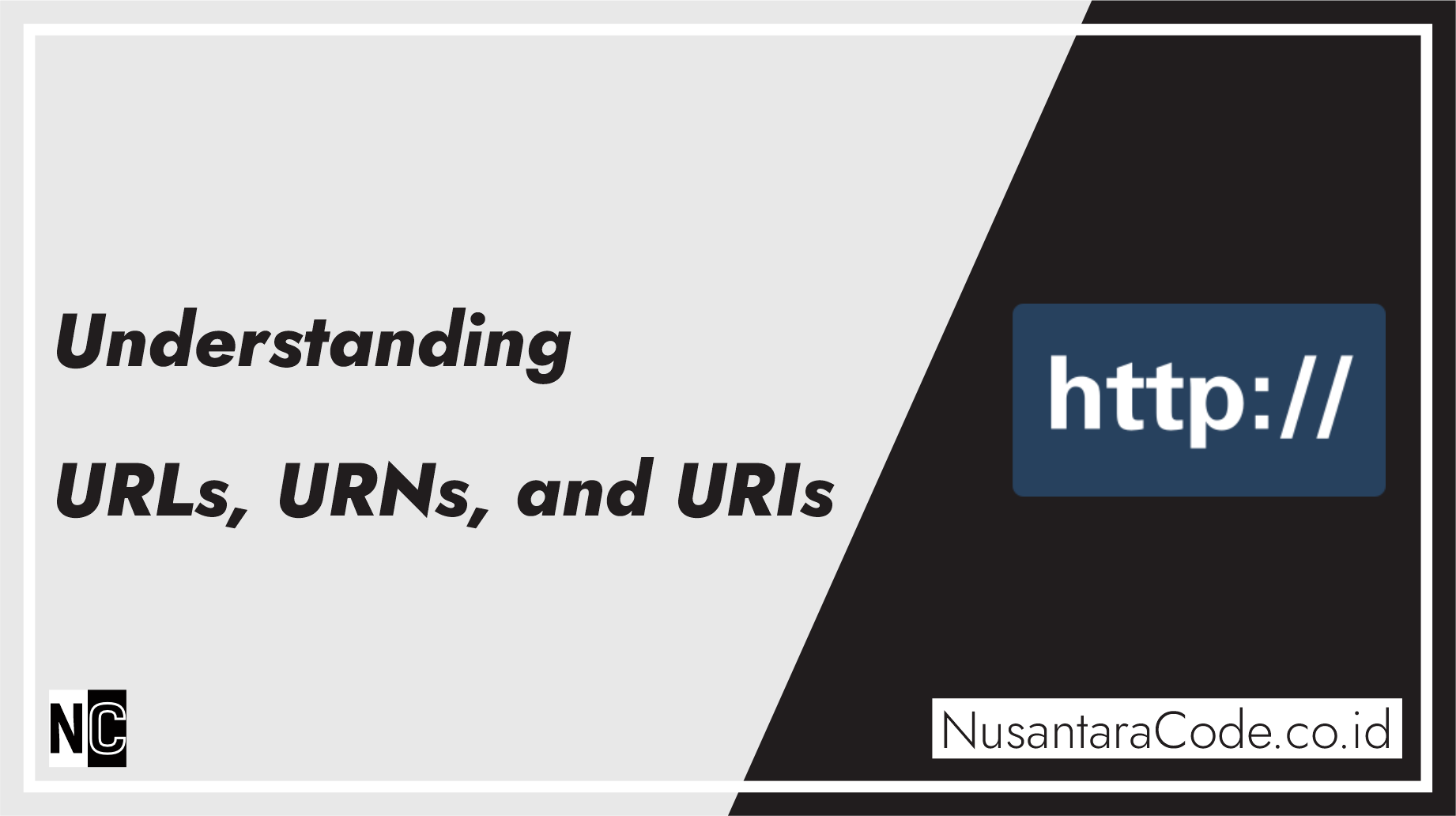The internet is a vast and interconnected space, and the way we address resources on the web plays a crucial role in how information is retrieved and shared. Three fundamental concepts—URLs, URNs, and URIs—form the backbone of web addressing. In this article, we’ll break down these terms and provide examples to help you grasp the differences.
URL (Uniform Resource Locator)
A URL is perhaps the most common concept you encounter when navigating the web. It is a specific, complete web address that points to a resource, and it includes information about how to access that resource. A URL typically consists of several components:
- Scheme: The protocol or method used to access the resource (e.g., http, https, ftp).
- Domain: The web server or host that houses the resource.
- Port: The specific port on the server to connect to (optional).
- Path: The directory or file path on the server where the resource is located.
- Query: Additional parameters or data sent to the server for specific purposes (optional).
- Fragment: A specific section or anchor within the resource (optional).
Example of a URL: https://www.example.com:8080/blog/article?id=123#section2
In this URL:
- Scheme: https
- Domain: www.example.com
- Port: 8080
- Path: /blog/article
- Query: ?id=123
- Fragment: #section2
URN (Uniform Resource Name)
A URN is a persistent, location-independent name for a resource. Unlike a URL, a URN doesn’t specify how to access the resource; instead, it serves as a unique identifier. URNs are meant to remain stable even if the resource is moved to a different location or accessed through different means. Common examples of URNs include ISBNs for books and DOI (Digital Object Identifier) for academic papers.
Example of a URN: urn:isbn:0451450523
In this URN:
- URN Namespace Identifier: urn
- Specific Namespace: isbn
- Identifier: 0451450523
URI (Uniform Resource Identifier)
A URI is a broader concept that encompasses both URLs and URNs. It’s a string of characters that identifies a resource either by its location (URL) or by its name (URN). In other words, all URLs are URIs, and all URNs are also URIs.
Example of a URI: ftp://ftp.example.com/data/file.txt
In this URI:
- Scheme: ftp
- Domain: ftp.example.com
- Path: /data/file.txt
Key Takeaways
- URLs are used to specify the location of a resource and provide the means to access it.
- URNs are used to uniquely identify a resource, regardless of its location or access method.
- URIs encompass both URLs and URNs and serve as the general term for identifying resources on the web.
Understanding these concepts is essential for working with web resources, especially when dealing with web development, data retrieval, or digital asset management. Whether you’re accessing a website via a URL, citing academic papers with a DOI URN, or defining resource identifiers, URLs, URNs, and URIs play a fundamental role in how information is organized and accessed on the internet.
